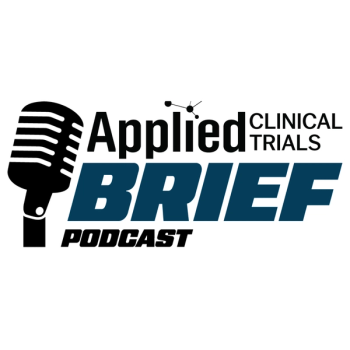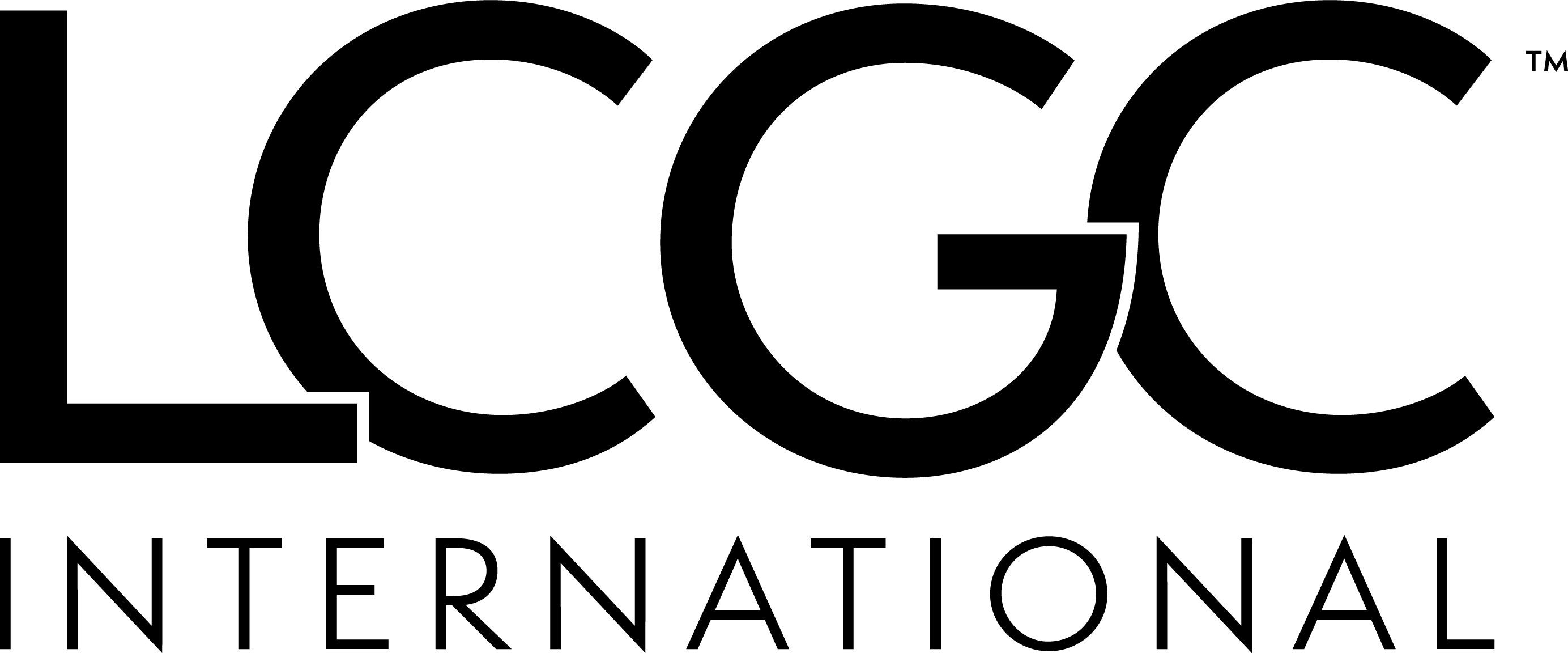Key takeaways
Early regulatory engagement prevents delays: Proactively managing protocol amendments and aligning with regulatory authorities in advance can significantly reduce startup timelines in oncology trials.
Tailored site and stakeholder engagement improves recruitment: Collaborating with gynecologists, leveraging professional associations, and using culturally relevant recruitment materials helped accelerate enrollment in a complex neoadjuvant trial setting.
Operational excellence drives quality and compliance: Detailed vendor coordination, biopsy standardization, surgical protocol adherence, and disciplined financial oversight collectively ensured data integrity and on-budget trial completion.
Oncology trials are among the most complex and resource-intensive clinical research programs. Every step must be meticulously planned and flawlessly executed, from recruitment to regulatory approvals. This article presents a real-case study from Raptim, which was conducted as a Phase II, double-blind, placebo-controlled, multicentric clinical trial for patients with advanced epithelial ovarian, fallopian tube, or primary peritoneal cancer. The study spanned nine months and involved 88 patients across multiple clinical trial sites from different geographic distribution in India. The trial design required coordination between clinical teams, regulatory authorities, vendor partners, and investigators, posing a variety of logistic and operational challenges. This case study outlines how these hurdles were addressed, offering insights into optimizing oncology trial execution in resource-diverse settings.
The following challenges were raised while conducting the study:
- Regulatory challenges
- Recruitment challenges
- Patient retention
- Local and global vendor management
- Ensuring eligible patient randomization
- Managing biopsy and pathology coordination
- Surgical timing compliance
- Data quality adherence
- Finance discipline and compliance
1. Regulatory challenges
There were two protocol amendments prior to the start of patient recruitment. Raptim managed to obtain approval for each of the protocol amendment in a single sitting at the subject expert committee meeting. This avoided delays of up to four months. Proactive engagement with authorities and precise documentation by experts helped streamline this process. Such coordination underscores the value of early planning and regulatory strategy alignment in fast-paced oncology studies, which hasten the markers for adherence to pre-defined trial timelines.
2. Recruitment challenges
In this study, study medications were administered in a neo-adjuvant setting, while the general practice at most sites was to administer chemotherapy in adjuvant settings post-surgery, considering patients reaching late at tertiary care hospitals. We selected sites where the investigators were interested in neo-adjuvant treatment to these patients. Intravenous chemotherapy was administered followed by intraperitoneal (IP) chemotherapy, which included paclitaxel and carboplatin as per institutional practice. It was also observed that patients with initial symptoms of advanced ovarian cancer visited a gynecologist rather than oncologist. Raptim liaised with both the gynecologist and oncologist in nearby areas to advance the recruitment of patients. Advertisement materials were also prepared by Raptim and approved by an ethics committee, which demonstrated a unique mode of action for IP and were displayed in the gynecology ward. Raptim coordinated with the Federation of Obstetric and Gynecological Societies of India for a short presentation about the study by the principal investigators during their meeting to address gynecologists and brief them about the study. The presentation aimed to explain the study to gynecologists and encourage referrals. Their referral helped to shorten the recruitment period with selective patients.
3. Patient retention
Long-term follow-up in cancer studies is crucial but challenging. Raptim encouraged sites to have regular counseling and accessible follow-up schedules. Providing culturally relevant educational materials helped patients and their caregivers understand the long-term benefits of compliance. This human-centered approach led to improved retention rates and minimal lost-to-follow-up cases.
4. Local and global vendor management
A cost optimization approach was used during the entire tenure of the trial. Hence, along with global vendors, Indian vendors were also selected. A total of 10 vendors were managed, including the integration of interactive web response system data from an Indian vendor into the electronic data capture for a global vendor. A negotiation was carried out with vendors to ensure prudent resource allocation. Also, during the study conduct, cost optimization was done in all activities, including procurement and shipment of chemotherapy vials, logistic cost for IP and chemotherapy vials, central lab, ancillary services, etc.
5. Ensuring eligible patient randomization
Randomization was stratified by International Federation of Gynecology and Obstetrics staging (IIIA-IV). Raptim’s medical monitors reviewed radiological and histopathological reports to verify eligibility, ensuring patients were correctly categorized. This minimized the risk of protocol violations and improved the reliability of trial outcomes, preventing clinical oversight in patient allocation.
6. Managing biopsy and pathology coordination
Biopsy samples from adnexa and omentum were important for biomarker analysis. Raptim trained pathology staff using detailed manuals and onsite demonstrations. By aligning universal procedures across sites, the team ensured consistent sample handling, preservation, and analysis. This enabled exploratory endpoints to be meaningfully assessed and supported translational research aims.
7. Surgical timing compliance
The protocol dictated an interval debulking surgery after the third chemotherapy cycle. For patients with advanced disease who might require extended treatment, site investigators were trained to pre-screen and exclude them. This proactive measure helped to maintain protocol integrity and avoid deviations that could compromise study objectives.
8. Data quality adherence
Raptim combined remote and on-site monitoring for timely source data verification. A central imaging review system ensured consistent interpretation of tumor response data per Response Evaluation Criteria in Solid Tumors (RECIST). Continuous communication with the independent data safety monitoring board ensured decisions were data-driven and transparent. These integrated practices upheld data integrity across all sites.
9. Finance discipline and compliance
A robust finance management plan was run to align the sponsor’s expectations with operational realities. Prudent vendor negotiations and detailed budgeting ensured that the study remained financially on track. The plan tracked expenses across professional services and pass-through costs, were supported strong budget adherence. Regular financial audits, along with real-time reporting, enabled early identification of deviations. Ultimately, the trial concluded within its projected budget, demonstrating the effectiveness of this well-disciplined contract research organization with balanced financial approach.
Conclusion
A robust clinical operations team is an essential part for the success of a clinical trial. By prioritizing patient safety, adhering to regulatory standards, enhancing trial efficiency, and ensuring high-quality data, clinical operations teams are pivotal in bringing new therapies to market and promoting better health outcomes. This requires trained, motivated, and skilled professionals who are driven by quality standards and processes.
We successfully resolved these hurdles by employing a different strategy. We optimized local laboratory resources and supplies, pre-screening initiatives, protocol compliance, ensured prompt treatment delivery, conducted motivating on-site visits, and expanded our research sites.
The early stage of clinical strategy design and trial execution enables successful completion with better patient compliance and safety. Multidisciplinary feasibility assessments and clinician-to-clinician discussions improved the likelihood of a trial’s success by ensuring scientific and operational excellence. The medical and clinical operations team should develop the professional rapport with principal investigators and study sites, fostering collaboration, continuity, and reporting of quality data. This approach prevents data integrity issues.
The real time execution helps in faster product approvals by ensuring “right-from-the-first-time,” but not limited to proposal and protocol development to regulatory submission. The study timelines can be optimized by the Six Sigma approach and timeline optimization reduces the risk and enhance the probability of regulatory success.
The deliverables with the highest global quality standards led success in inspections irrespective of the regulatory authority needs. This scenario will help to optimize the time for product approvals and prevents unnecessary delay due to data integrity issues. The strategic plan before study initiation hastens the local and global regulatory compliances.
F Sandesh Vijohar, MD; Nailesh Patel, PhD; Chirag Shah, PhD; Devanshee Patel, Pharm D; Mustafa Pardiwala, PG; and Raj Kumar, MBA






.png)



.png)



.png)
.png)
